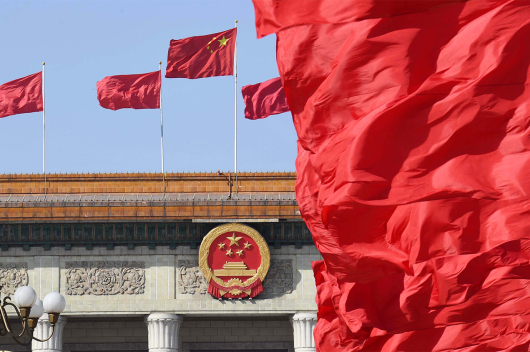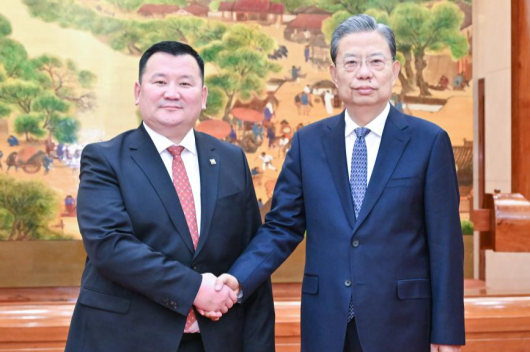Ursula Brosseder, of Bonn University, says, ‘Together with our partners, the National University of Mongolia and the First Emperor’s Mausoleum Museum, we will work towards capacity building and are excited to work across cultural and linguistic boundaries (Chinese, Mongolian, English) in a spirit of co-production.’
Ruiliang Liu, of the British Museum, adds, ‘Horse Power will contribute a range of vital scientific data to transform our understanding of how large-scale organisation such as a state gradually emerged in different geographical contexts in human history, particularly the rise of Xiongnu in the northern steppe and Qin in the southern plains.’
As part of the six-year project, the team will excavate both khirigsuurs and the First Emperor’s mausoleum complex. The study will cross linguistic boundaries (Chinese, Mongolian, English) in a spirit of the co-production and will be cross-disciplinary, taking in techniques from science and social science.
Horse Power will also include an innovative programme of public engagement and outreach, involving communities outside academia in photography, art and discussion through blogs and websites, particularly aiming to show that big historical and cultural questions can only be tackled in synergistic ways, by a team with varied cultural and intellectual backgrounds. It will include also exhibitions in Mongolian, Chinese and British museums.
Director Ludovic Orlando, of the Centre for Anthropobiology and Genomics of Toulouse at the French CNRS, adds ‘I am particularly excited about sequencing DNA from the horses that contributed to build the first steppe empire in history and the first Chinese Imperial dynasty. This will not just reveal those biological traits that were essential to form large herds and to rise cavalries but also the origins and the main streams of animal exchange across the region.
It is one of just 29 Synergy grants being awarded by the European Research Council today, from 360 applications. A total of €295 million is being awarded.
Two major states: the Xiongnu in Mongolia and the Qin in China dominated the region from the European steppe to the plains of China. The Xiongnu arose in 209 BCE and set the model for mobile horse-borne states through to the rise of the Mongols 1400 years later. The Qin took over China in 221 BCE, providing the model for the bureaucratic Chinese state down to today. Both developed through local historical forces, but also in interaction with each other, an interaction which set the basis for the Silk Road.
 3,575.44
3,575.44












Related News